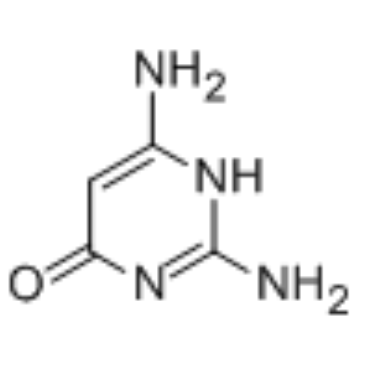Increased vulnerability to ischemia/reperfusion-induced ventricular tachyarrhythmias by pre-ischemic inhibition of nitric oxide synthase in isolated rat hearts
Koichi Kawahara, Marei Takase, Yoshiko Yamauchi, Koichi Kawahara, Marei Takase, Yoshiko Yamauchi
Index: Cardiovasc. Pathol. 12(1) , 49-56, (2003)
Full Text: HTML
Abstract
Introduction: The relationship between vulnerability to reperfusion-induced ventricular tachyarrhythmias, such as ventricular tachycardia (VT) and fibrillation (VF), and the endogenous activity of nitric oxide synthase (NOS) has not been well documented. The objective of the present study was to clarify whether the vulnerability to reperfusion-induced VT/VF changes with preishemic, sustained inhibition of NOS. Methods: The experiments were performed using Langendorff-perfused isolated rat hearts, in which left ventricular pressure (LVP) and left ventricular cardiomyograms (LVCMGs) were measured. Results: A pre-ischemic, sustained inhibition of NOS resulted in an increased vulnerability to reperfusion-induced VT/VF, and the increase was markedly attenuated by co-treatment with l-arginine or by post-ischemic treatment with 2,4-diamino-6-hydroxypyrimidine (DAHP), an inhibitor of tetrahydrobiopterin (BH 4) synthesis. We then tried to elucidate whether nitric oxide (NO) and superoxide were produced during reperfusion, and ATP-sensitive potassium channels (K ATP), especially mitochondrial ATP-sensitive potassium channels (mitoK ATP), are involved in the increased vulnerability. Post-ischemic inhibition of NOS and treatment with a NO scavenger attenuated the increased vulnerability to reperfusion-induced VT/VF, but post-ischemic treatment with a superoxide scavenger did not. In addition, post-ischemic treatment with S-nitroso- N-acetyl- dl-penicillamine (SNAP), a NO donor, or with diazoxide, a selective opener of mitoK ATP, increased the VT/VF duration during reperfusion. The increased vulnerability to VT/VF was attenuated by the treatment with a selective mitoK ATP blocker. Conclusion: The results suggest that a pre-ischemic, sustained inhibition of NOS increases the vulnerability to reperfusion-induced VT/VF, and the NO-mitoK ATP pathway is one of the possible factors contributing to the increased vulnerability to VT/VF.
Related Compounds
| Structure | Name/CAS No. | Molecular Formula | Articles |
|---|---|---|---|
 |
2,4-Diamino-6-hydroxypyrimidine
CAS:56-06-4 |
C4H6N4O |
|
GTP cyclohydrolase I: purification, characterization, and ef...
2003-12-01 [Appl. Environ. Microbiol. 69(12) , 7507-7513, (2003)] |
|
Acute inhibition of guanosine triphosphate cyclohydrolase 1 ...
2008-09-01 [Hypertension 52(3) , 484-90, (2008)] |
|
Attenuation of biopterin synthesis prevents Escherichia coli...
2013-01-01 [J. Infect. Dis. 207(1) , 61-71, (2013)] |
|
A typical N-terminal extensions confer novel regulatory prop...
2006-11-03 [J. Biol. Chem. 281(44) , 33302-12, (2006)] |
|
Role of tetrahydrobiopterin in resistance to myocardial isch...
2009-11-01 [Am. J. Physiol. Heart Circ. Physiol. 297(5) , H1783-91, (2009)] |